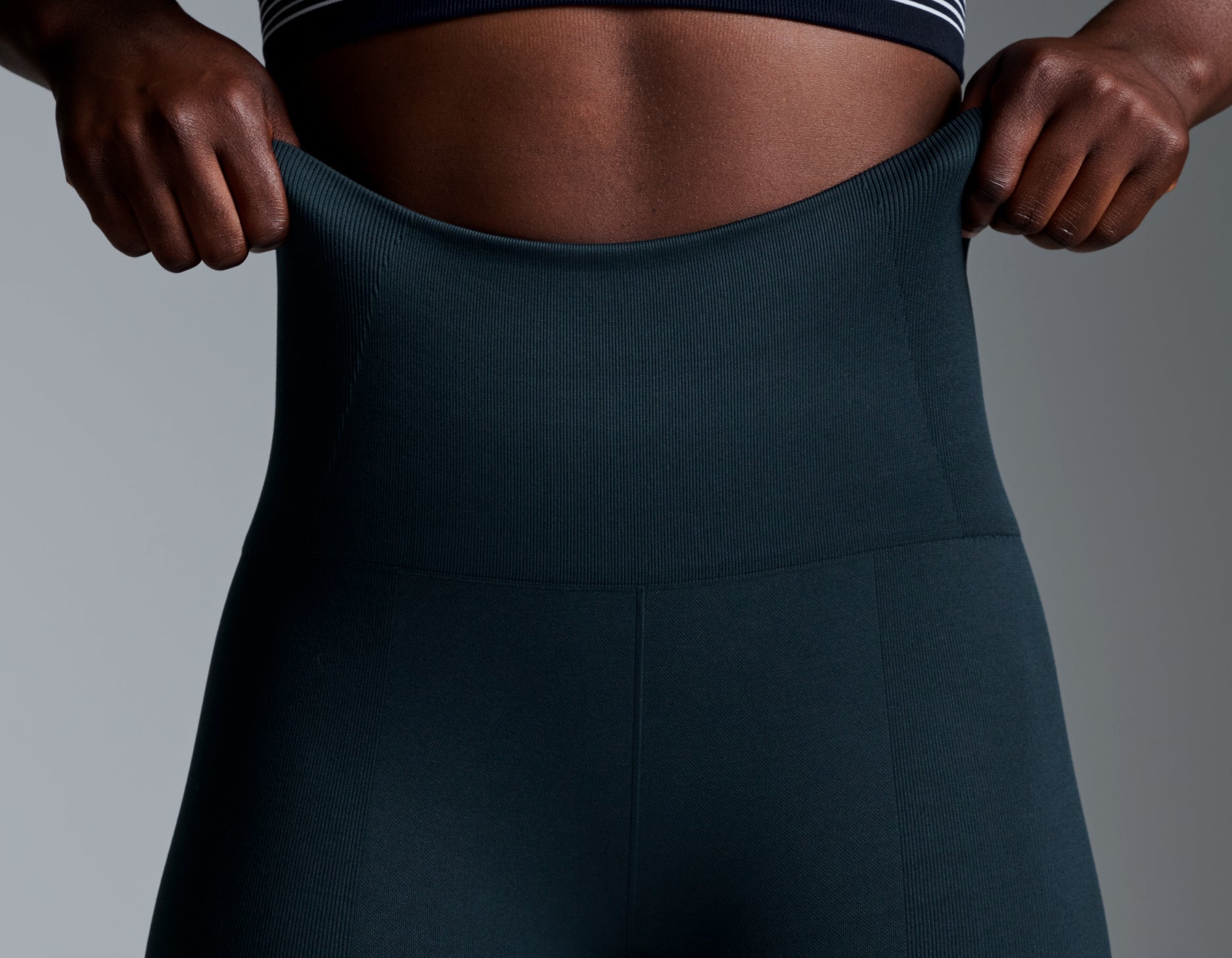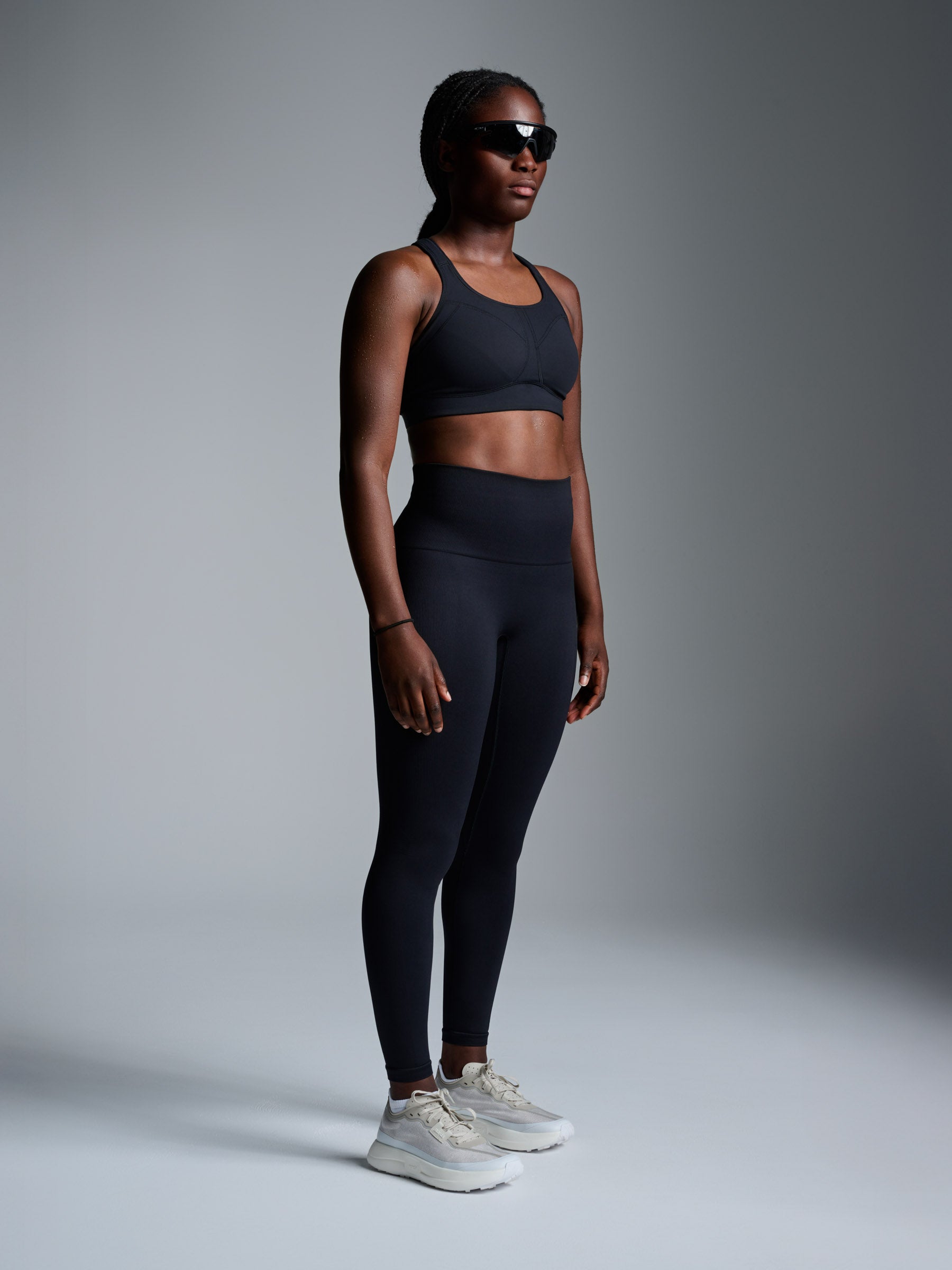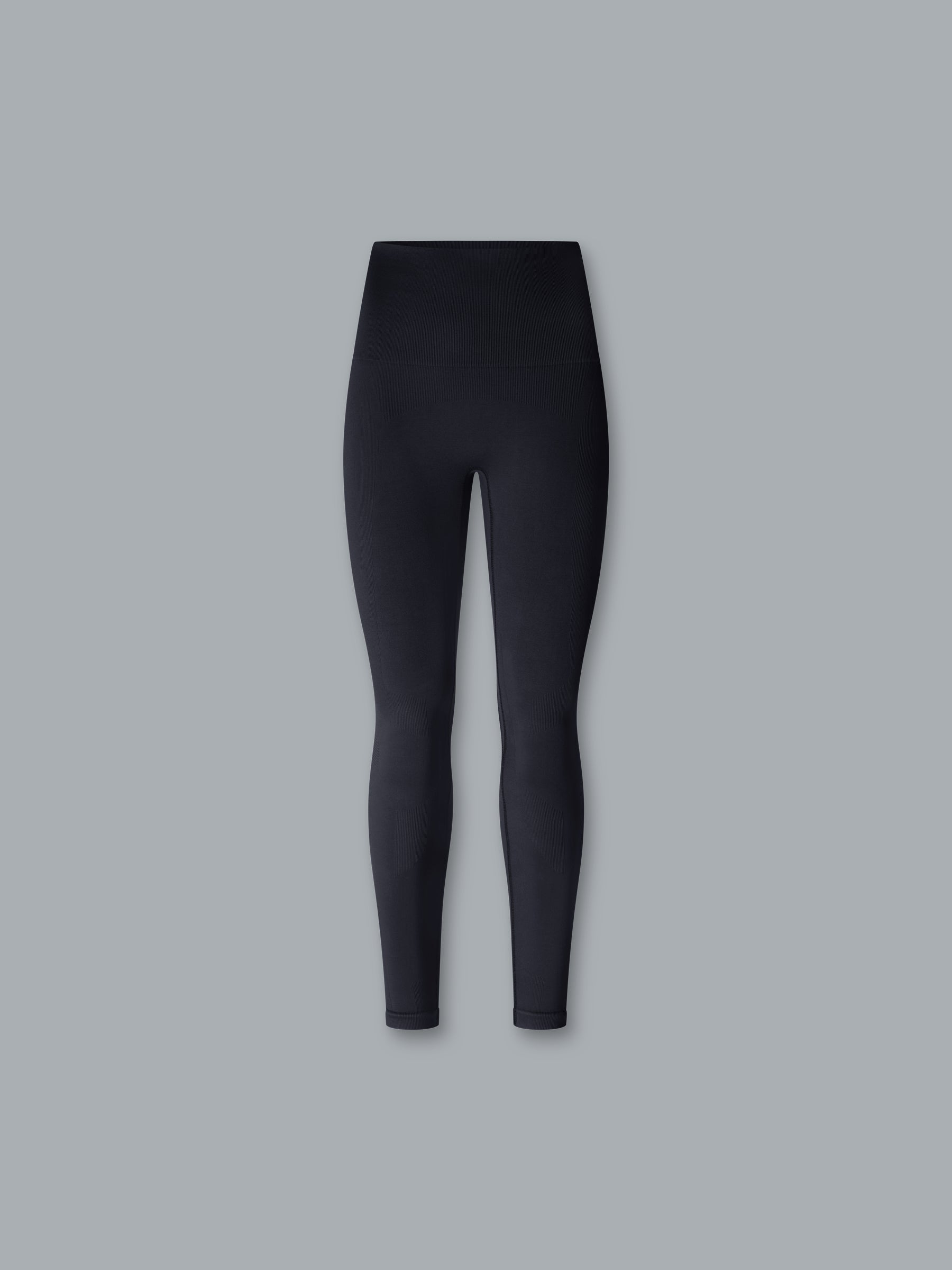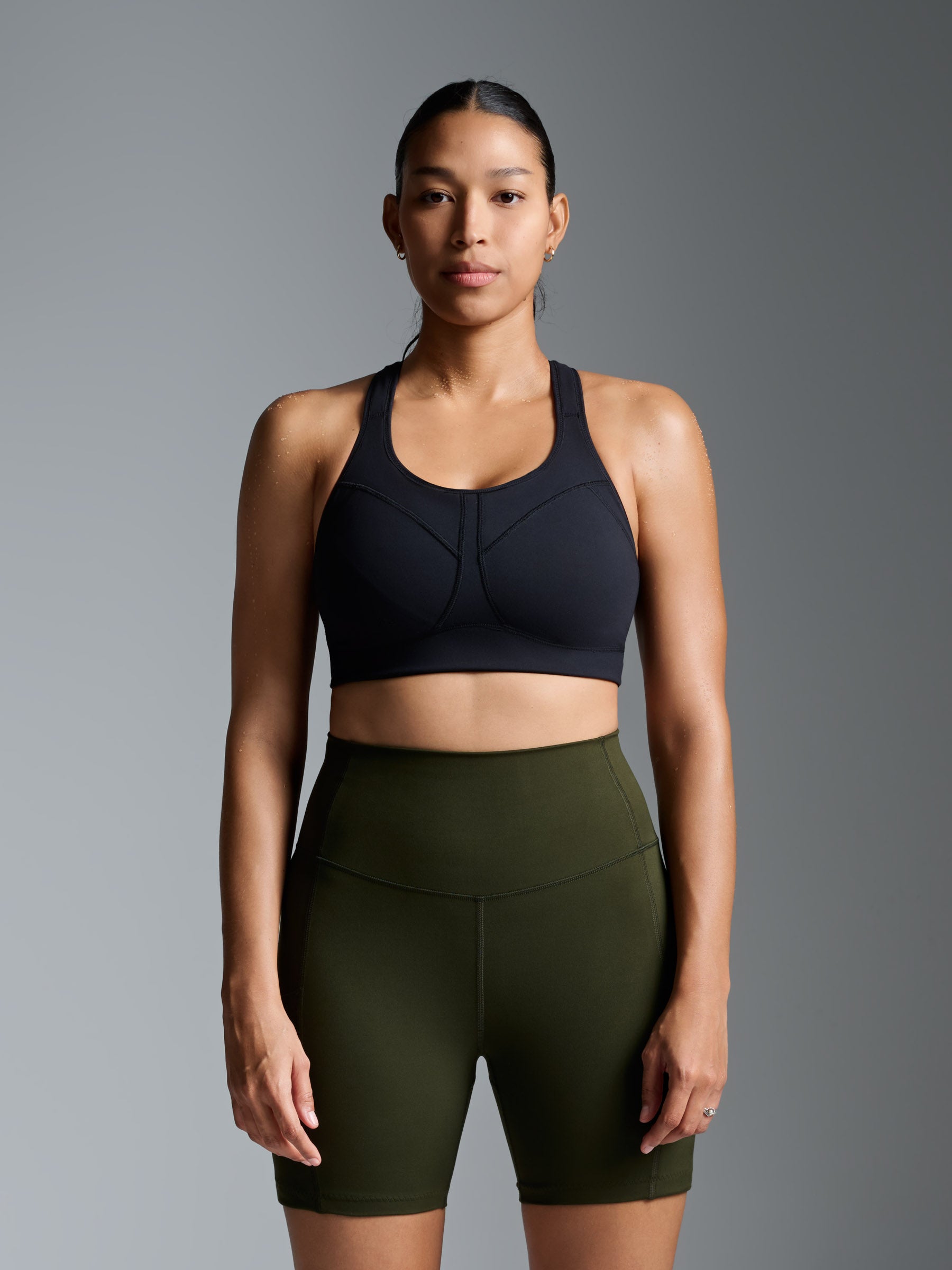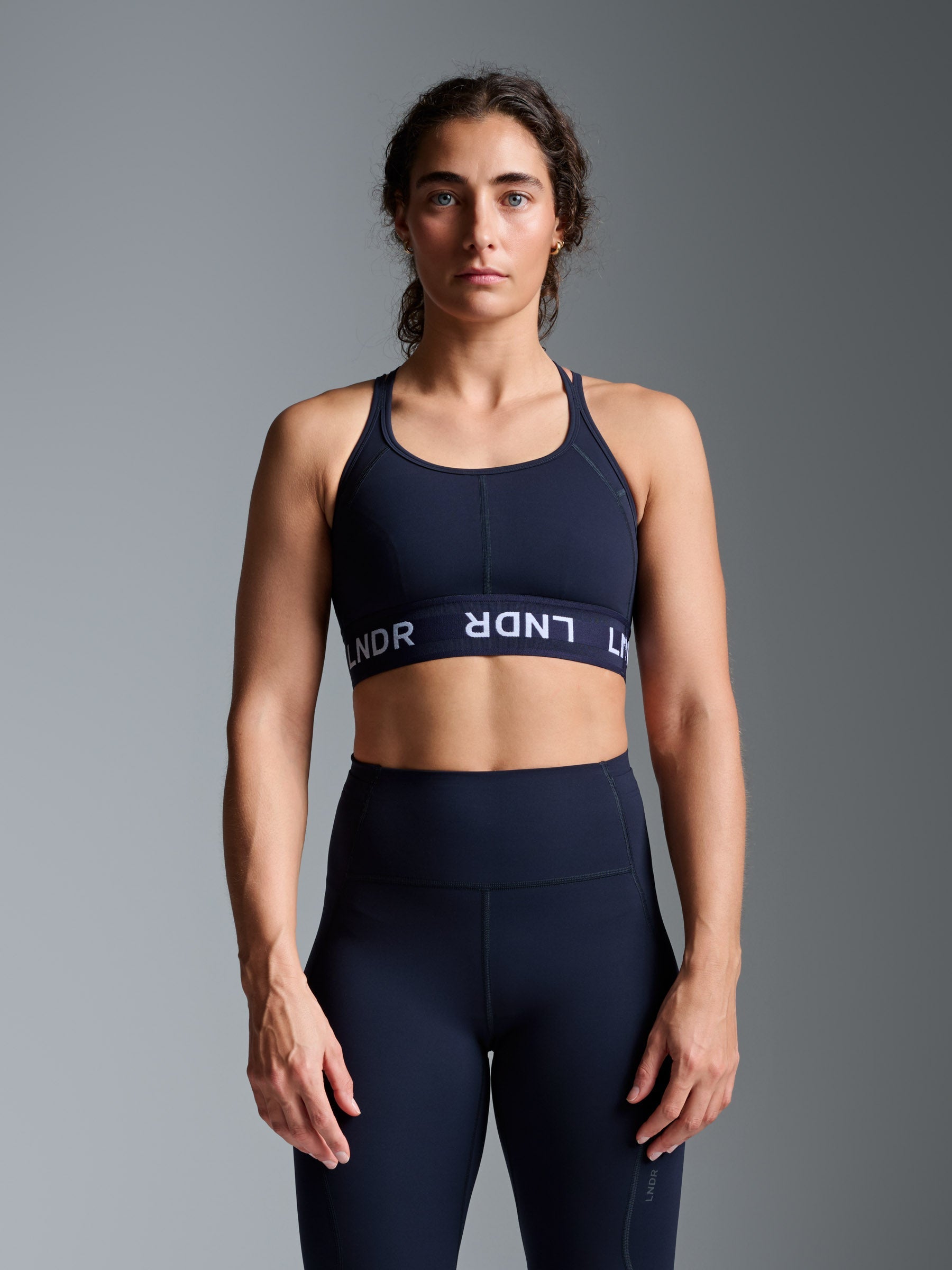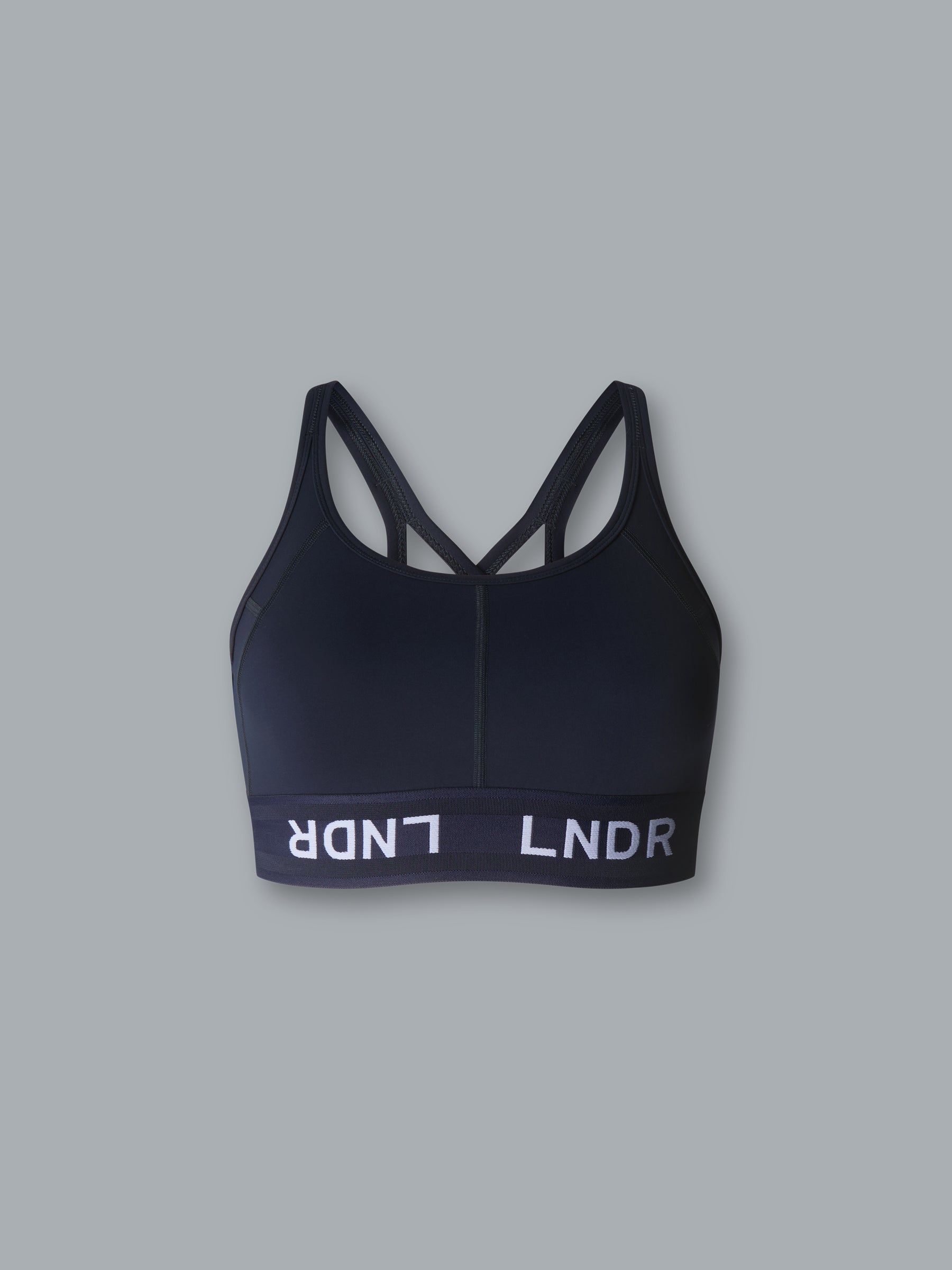SUSTAINABILITY
Where are your products made?
All our products are made in Europe, with mainly European fabrics, and high working standards that comply with EU regulations. This means the transport to move our products is all via truck to our Warehouse in the UK with relatively short journeys.
We consider our suppliers to be our partners and when we find the right partner, we like to keep them close. Our goods are only made in factories that we have visited, and we often watch our products being made and coming off the production line. It’s important for us to see our garments being made to ensure they are the best quality and that we are happy to put our brand name to them. All our suppliers are signed up to our Ethical Code of Conduct, which is based around the ETI base code, ‘an internationally recognised code of labour practice’.
Is LNDR sustainable?
We believe the biggest issue with the clothing industry is over production and the disposable nature of buying habits. So, our number 1 aim is to ensure our products last, in style and quality, and extend their lifespan (and love-span) as long as possible. Because every time you make something, there is a negative impact on our environment. So, the products we make have to be worth it. For us it is not about constant newness but creating the very best products that you want to wear really often, for a long time. Less, but better.
Then it's about reducing the impact of everything you do make.
These are the things we are focusing on and making incremental improvements whenever we can:
1. Materials + processes we use (considering whether they're Renewable, the Carbon emissions to produce the fibres, Waste and biodegradability, Water, Toxins)
Currently more than 50% of our range is made using recycled Polyamide or GOTS certified organic cotton. We also have styles currently in development in merino, seaweed fibre, pineapple leaf fibre, biodegradable Polyamide and biodegradable elastane.
We only use 2 polyamide/polyester fabrics that are not currently recycled - due to the fact that recycled fibres are not currently fine enough to create the same fabric, and feel on the body. We are working on this with our suppliers and the technology and potential of recycled fibres is getting better every day.
2. Carbon emissions from the production and transportation of each product
3. End of life - biodegradability or reusability
We have a similar approach to our packaging. Less but better, then reducing the impact of what we do use. We are working on eliminating garment poly bags (the ones we do use are recycled and recyclable, or biodegradable). Some styles already ship to our warehouses without them, and we aim for that to be implemented across the whole once we can ensure the protection of the garment and overcome some customs requirements. Our garment tags are made with 100% recycled paper, and totally recyclable and our mailer bags are also biodegradable. We don't send any fancy tissue paper, ribbon or return forms — everything you need, nothing you don't.
Reducing our impact on the environment is part of discussions and impacts the decisions we make daily. It is absolutely key for us that we're making these decisions based on things that will genuinely have the biggest impact on the environment and are not just popular marketing savvy initiatives. So, we are currently underway with a project to track the full supply chain and environmental impact of each product. We plan to release this onto our site late in 2022, along with our pipeline of actions moving forward. It's a journey, a long one and our aim is to create a carbon neutral business, creating active lifestyle and high-performance products from renewable and biodegradable materials. Because well-loved activewear really shouldn’t last forever.


